 |
| Stilt performance at the Traditional Culture - Sports Festival of Hai Hau district. |
According to old fishermen, at a time when there were not many modern fishing equipment, stilts were used as an essential tool to help fishermen go further on the vast tidal flats. On long legs extended with bamboo or wood, fishermen could easily wade through deep water to pull nets, cast nets, catch fish, etc. Each step showed dexterity and high concentration to maintain balance. When life changed, stilts were no longer popular in the fishing industry but were preserved as a unique form of folk cultural activity. From the exchanges and entertainment after work, people began to combine stilt walking with performances such as lion dancing, drumming, wrestling, stick dancing, etc. The art of stilt walking was born from there and quickly became a special highlight in coastal festivals.
Stilts have long been an indispensable part of major cultural activities in Quat Lam town (Giao Thuy). According to local people, the art of stilt performance appeared in the 1960s. After a period of interruption, in 2006, a group of passionate artists revived the movement and established a stilt club. In 2016, the town People's Committee officially established the Lam Tho residential group's stilt club. With favorable conditions for operation, the club has developed steadily and become more and more professional. The club currently has 15 members from 30 to 50 years old, many of whom have been with the club since its inception. Members regularly practice and actively create new acts to perform at many events inside and outside the district. Typical performances include fan dance, stick dance, lion dance, martial arts dance, drumming... The skill and creativity in performance have helped Quat Lam stilts become a prominent cultural "brand" of Giao Thuy coastal area.
In Phuc Thang commune (Nghia Hung), the local stilt team has nearly 30 members and stands out with its rich and attractive performance style. Stilts here are a part of the childhood memories of many generations. Children from seven or eight years old have started practicing stilts under the guidance of their fathers and uncles in the family. Movements from basic to advanced such as leg pulling, hopping, wrestling, and lion dancing are all taught systematically. Thanks to the constant preservation and creativity, the Phuc Thang stilt team has created many unique performances such as stick fighting, wrestling, net throwing, net casting, etc. The team has been invited to perform at many major events across the country, contributing to promoting the traditional arts of Nam Dinh province.
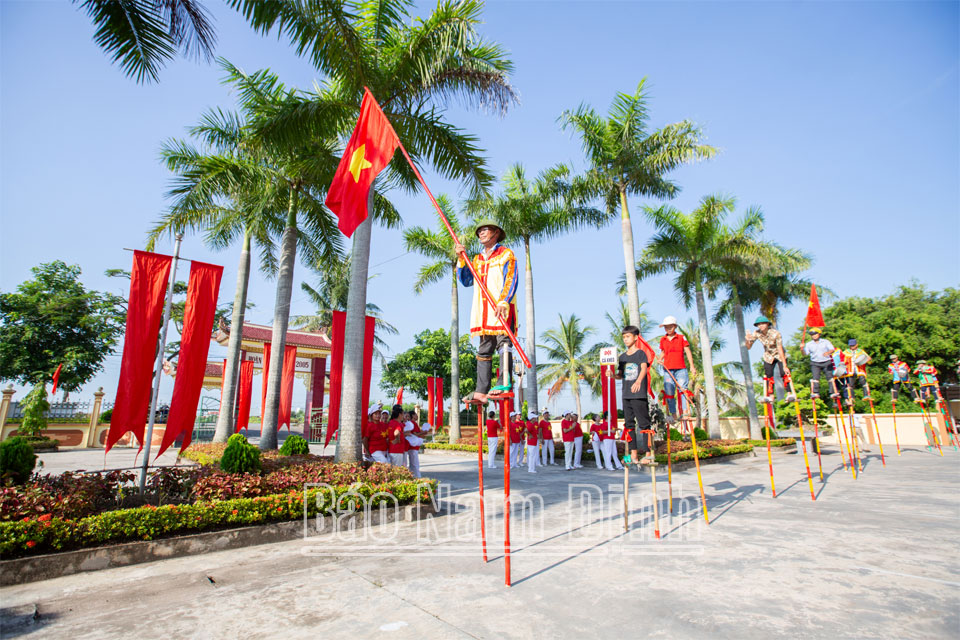 |
| A practice session of the Con town stilt team (Hai Hau). |
One of the major challenges facing the art of stilt walking today is the lack of a next generation. Realizing this, clubs and performance teams have proactively opened free classes for local youth. In Con town (Hai Hau), senior artisans take advantage of the summer to guide children aged 13 to 15 to get acquainted with stilt walking. The classes both teach performance skills and guide the children to make their own stilts suitable for their physical condition. Through each story and each movement taught, the children understand and appreciate the value of their ancestors' labor. Along with male students, many female students have also begun to practice, bringing diversity to this traditional sport. In Hai Xuan commune (Hai Hau), the stilt walking movement is being expanded to schools. Schools and localities coordinate to organize extracurricular activities with the content of learning and practicing stilts, initially attracting the attention of students and parents, thereby forming a solid successor team for the art of stilts in the future.
In recent years, stilt art has been strongly present in the festival life of the people. In events such as cultural and sports festivals in localities and festivals at relics, stilt teams have participated with unique performances. Each graceful step on high legs, each dragon dance, martial arts dance, drumming in harmony with the hometown melody all make the festival atmosphere bustling and jubilant. Not only stopping at cultural performances, stilt art is also gradually becoming a typical tourism product. Tourists coming to the coastal area of Nam Dinh, especially during festivals and village festivals, experiencing and admiring stilt performances will clearly feel the cultural identity of the indigenous people. Some community tourism "tours" have integrated stilt performance activities into the journey of discovery, helping local people have more income, while contributing to preserving intangible cultural heritage. The image of barefoot artists walking on towering stilts, performing in the middle of the beach or in the village communal house yard is a source of inspiration for many creative artistic activities. Photography clubs and many literary and artistic groups have chosen stilts as a theme to depict the beauty of people and coastal areas. In fact, the gradual integration of stilt art into tourism activities has opened up a sustainable development direction for local cultural heritage, motivating future generations to continue to preserve, create and spread the precious spiritual values that their ancestors have built for generations.
From a simple means of earning a living, stilts have grown into an art form imbued with the cultural identity of coastal people. With the consensus of the community, the government and generations of artisans, we believe that stilt art will continue to grow, be preserved and spread strongly in contemporary life.
Article and photos: Viet Du
Source: https://baonamdinh.vn/van-hoa-nghe-thuat/202503/gin-giu-nghe-thuat-ca-kheo-aa21cff/


![[Photo] Prime Minister Pham Minh Chinh chairs the regular Government meeting in March](https://vstatic.vietnam.vn/vietnam/resource/IMAGE/2025/4/6/8393ea0517b54f6791237802fe46343b)

![[Photo] Solemn Hung King's Death Anniversary in France](https://vstatic.vietnam.vn/vietnam/resource/IMAGE/2025/4/6/786a6458bc274de5abe24c2ea3587979)

![[Photo] Military doctors in the epicenter of Myanmar](https://vstatic.vietnam.vn/vietnam/resource/IMAGE/2025/4/6/fccc76d89b12455c86e813ae7564a0af)
![[Photo] Vietnamese rescue team shares the loss with people in Myanmar earthquake area](https://vstatic.vietnam.vn/vietnam/resource/IMAGE/2025/4/6/ae4b9ffa12e14861b77db38293ba1c1d)











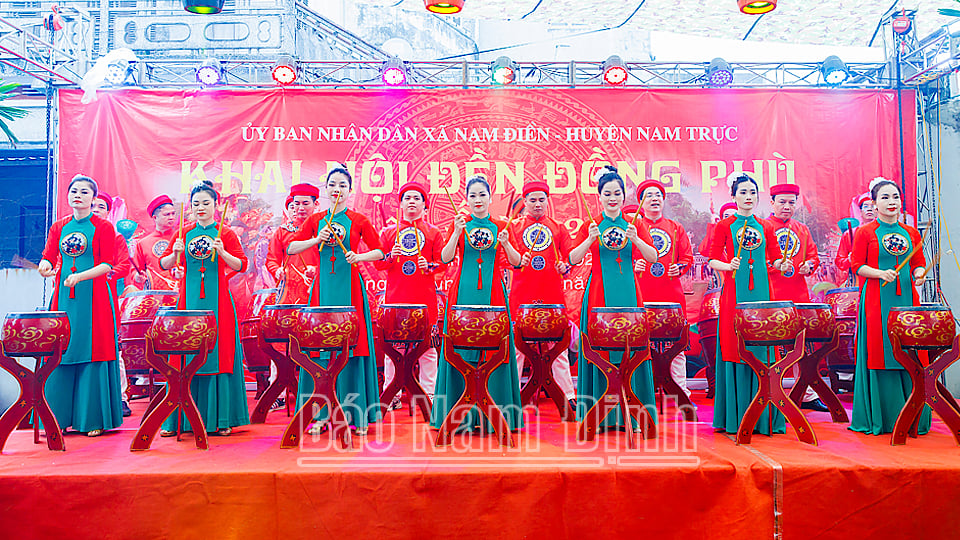

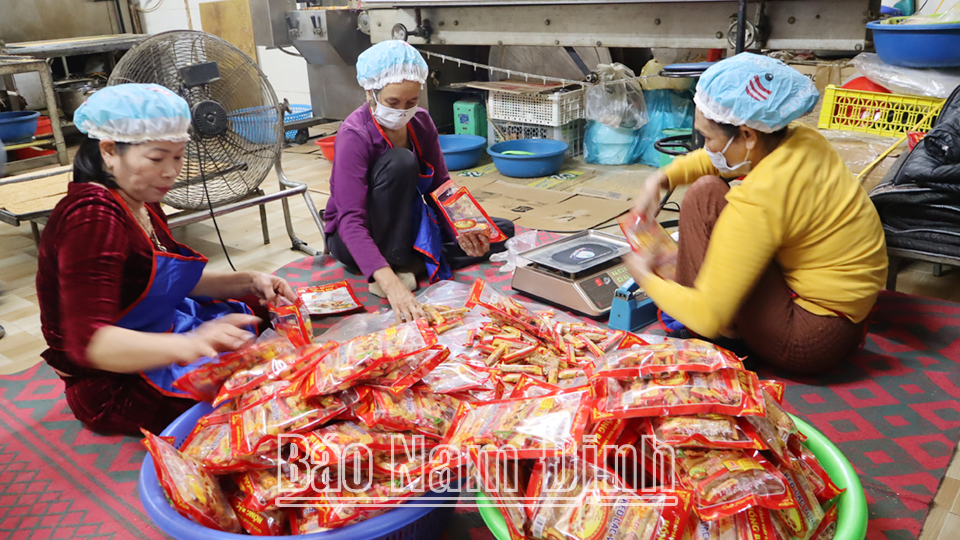

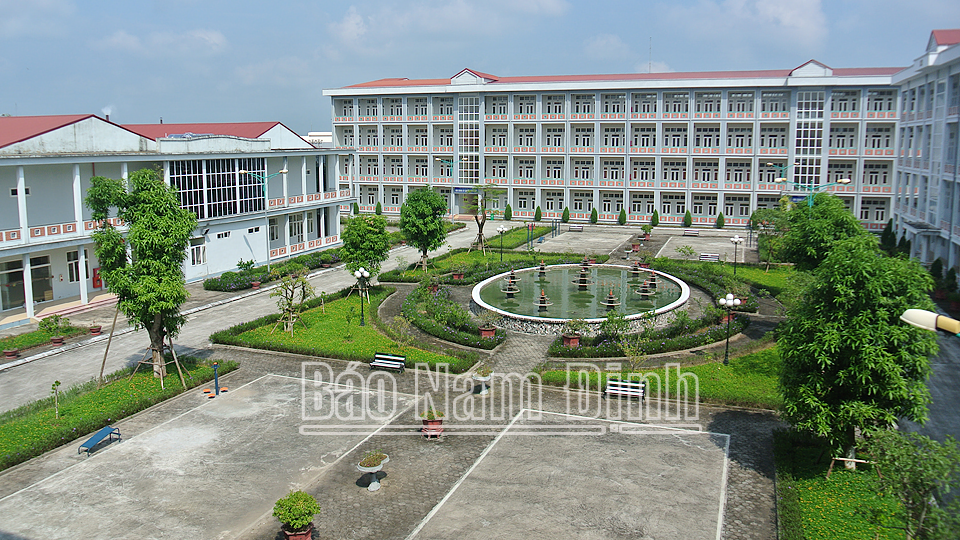


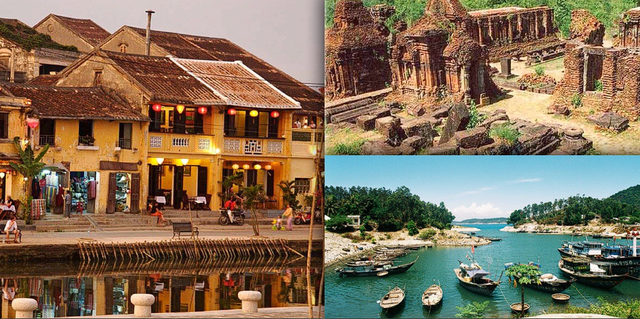



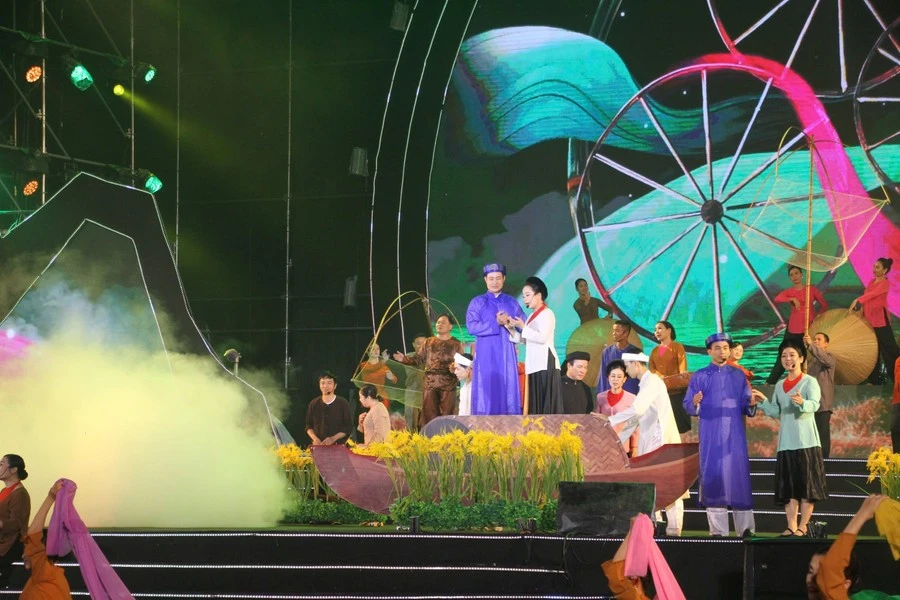

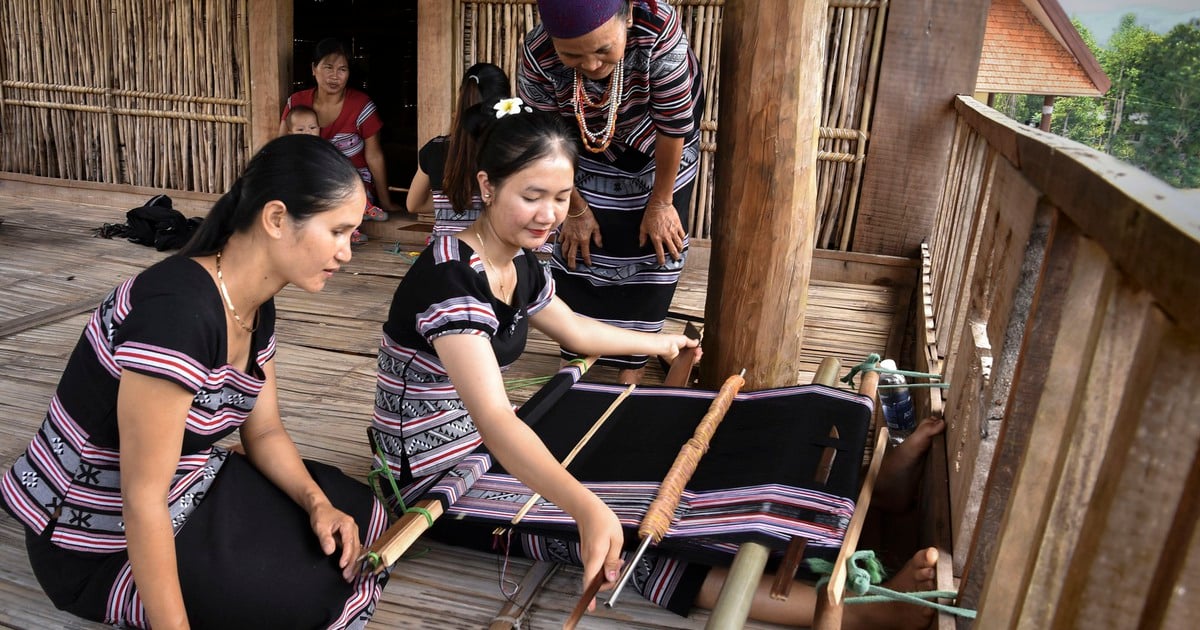



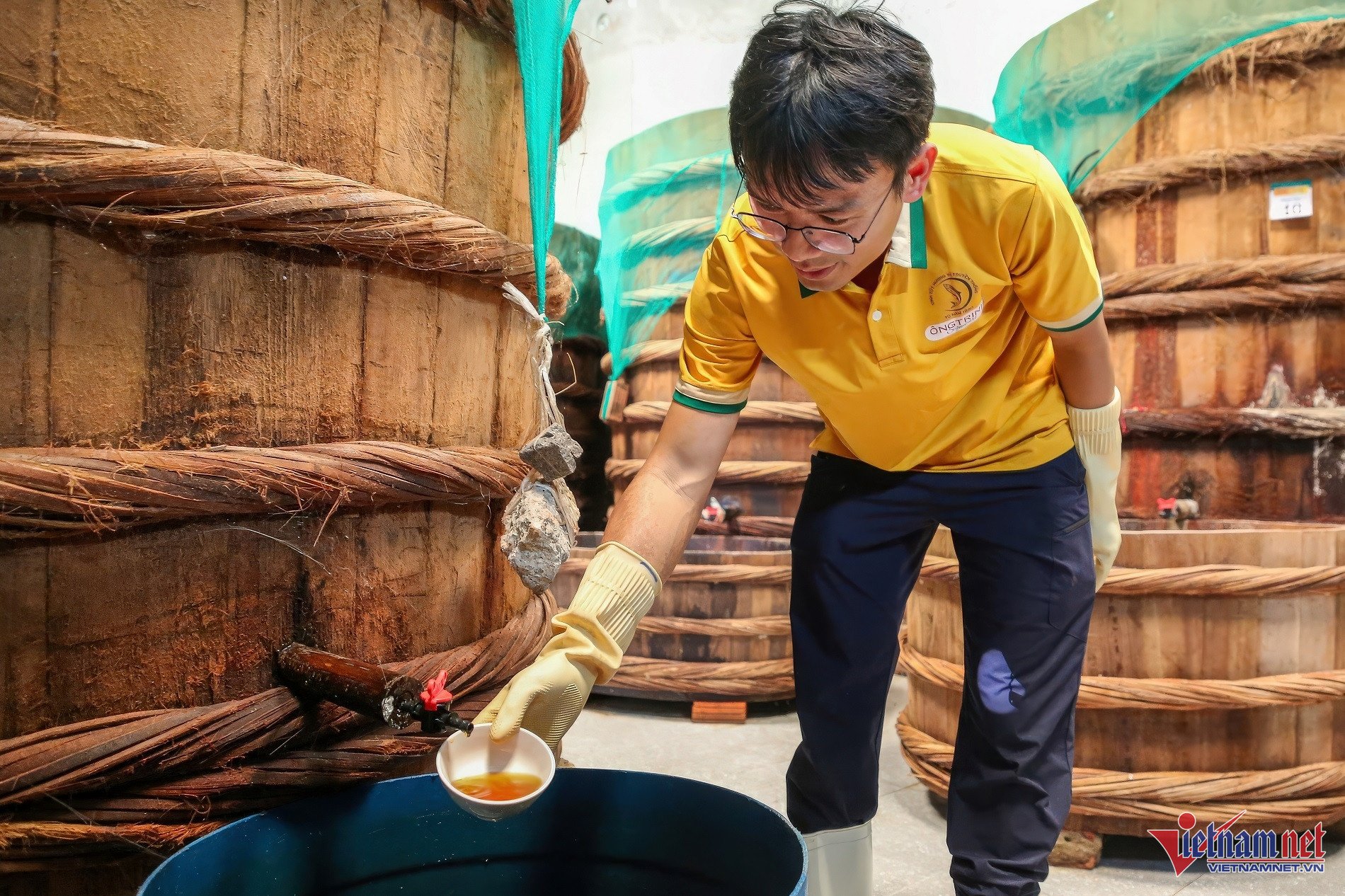

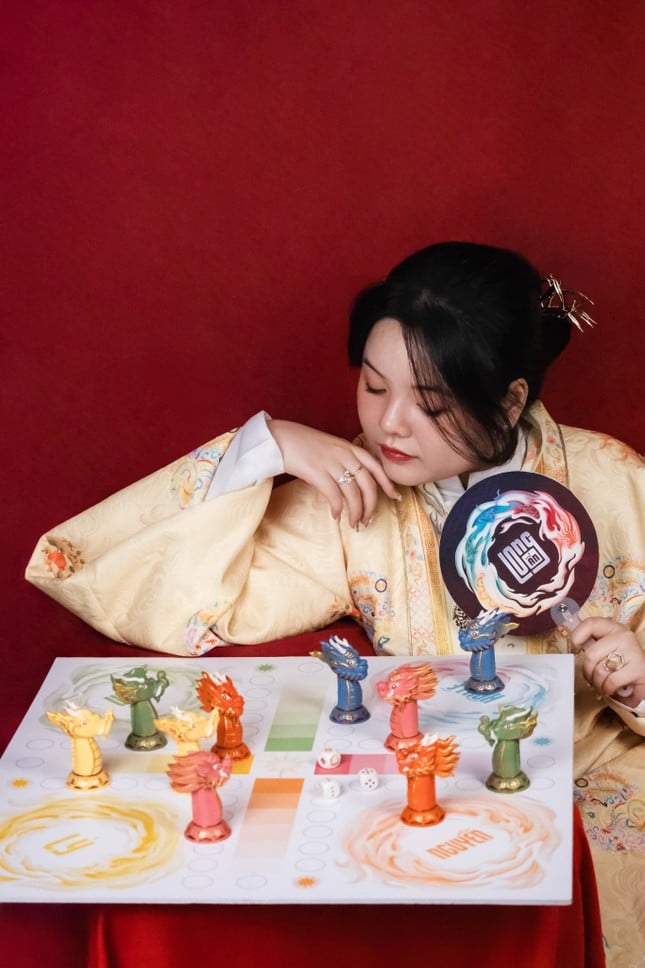





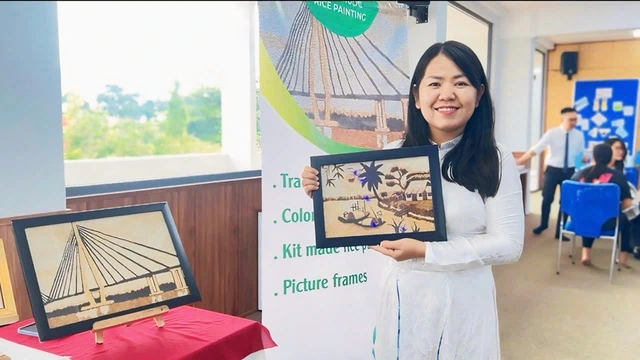





























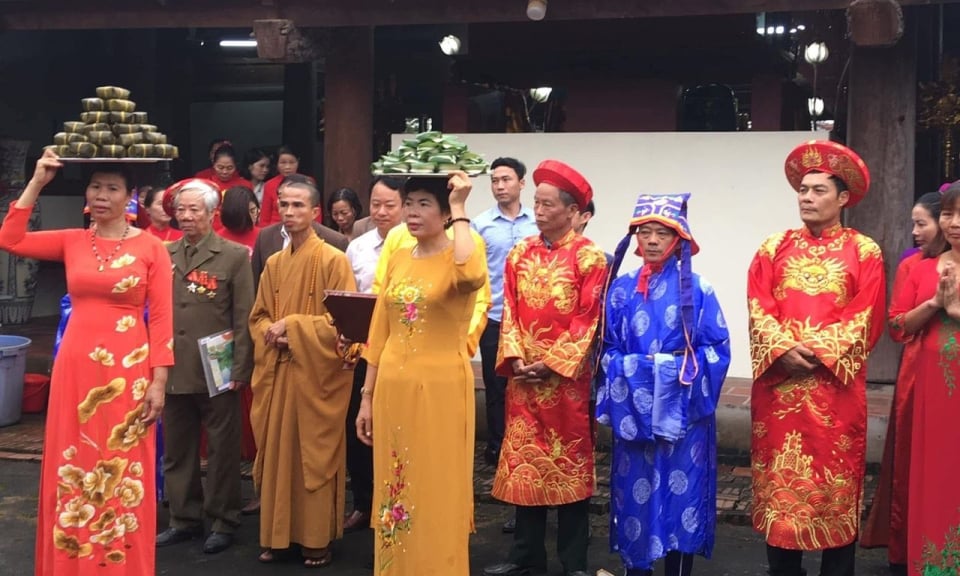








Comment (0)